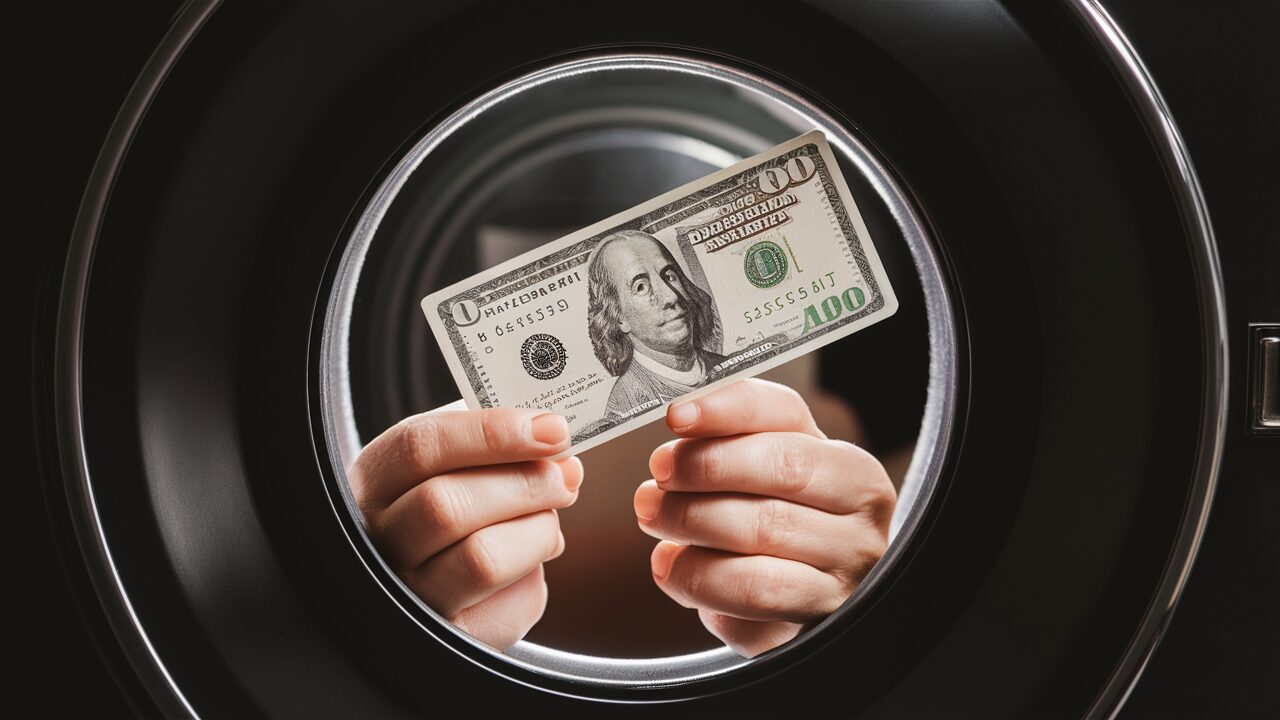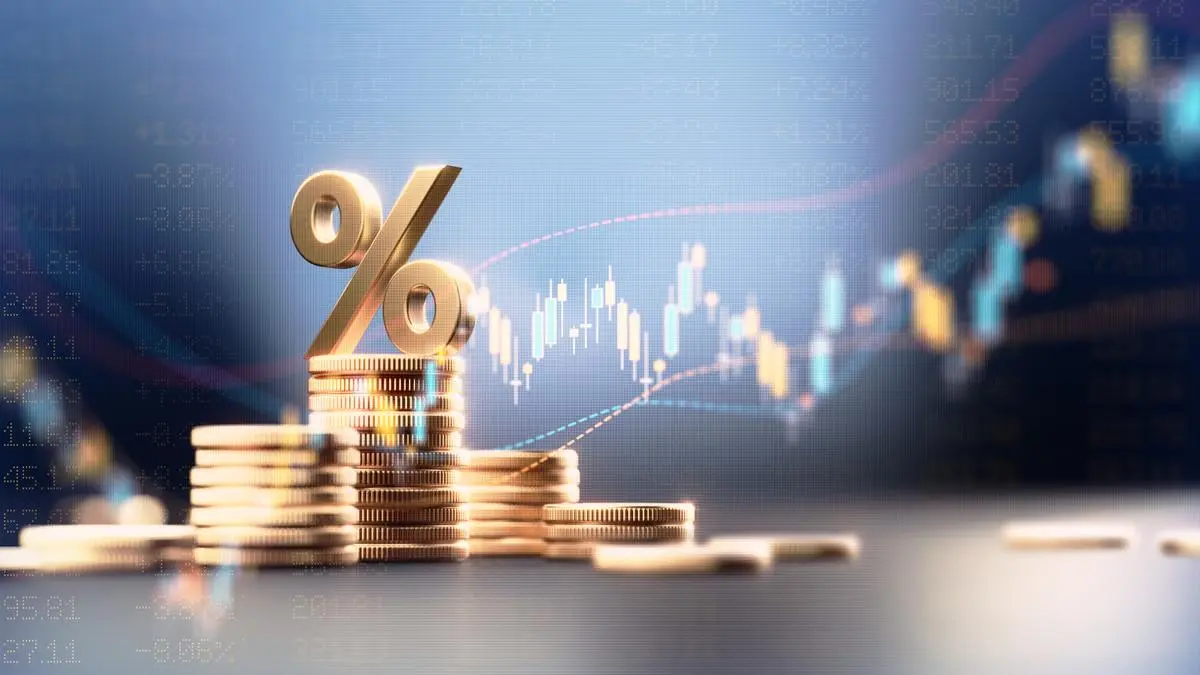
Did you know that people actually put money in the dryer? It may sound bizarre, but there are some unexpected reasons behind this practice. From counterfeit currency to money laundering, the act of drying money has intrigued and perplexed many. Let’s dive deeper into this fascinating phenomenon and uncover the secrets behind the drying of money.
In the world of counterfeit currency, drying money plays a crucial role. One reason people put money in the dryer is to age newly-printed counterfeit bills. By subjecting these bills to the drying process, they appear worn and less suspicious, making it easier to pass them off as genuine. In movies, counterfeiters often add poker chips to the dryer, giving the bills a slightly coated and abraded appearance. While it’s unclear if real-world counterfeiters use this method, it is a plausible technique that adds to the intrigue surrounding the practice of drying money.
Drying money can also help individuals avoid suspicion when dealing with large sums of illicit money or crisp, new bills. Imagine having a wallet full of freshly minted bills – it might raise eyebrows and lead to suspicions of counterfeit money production. By artificially aging the bills through the drying process, individuals can sidestep unwanted attention when depositing large sums or using cash on a regular basis.
Another reason why people may put money in the dryer is money laundering. In popular culture, the act of drying money is often depicted as a method employed by counterfeiters to age the bills and make them appear less likely to be identified as counterfeit. These references in movies and TV shows shed light on the intriguing world of counterfeit money and money laundering.
So next time you hear about someone putting money in the dryer, remember that there’s more to it than meets the eye. The hidden motives of counterfeit currency and money laundering explain why drying money has become a surprising practice in our society.
Key Takeaways:
- Drying money is often linked to counterfeit currency and money laundering.
- The process of drying money can age newly-printed counterfeit bills, making them appear less suspicious.
- Artificially aging money through the drying process can help individuals avoid suspicion when using large sums of money or crisp, new bills.
- Depictions of drying money in movies and TV shows shed light on the intriguing world of counterfeit money and money laundering.
The Unexpected Origins of Everyday Inventions

Many everyday inventions have unexpected origins. Take, for example, air conditioning. It may come as a surprise that air conditioning was originally invented to help ink dry better in a printing shop.
Another curious invention is Candy Land, the beloved board game. It was actually designed to cheer up kids in polio wards, providing them with a lighthearted escape from their challenging circumstances.
An unusual connection can be found between a volcanic eruption and bicycles. During the massive volcanic eruption of 1815, known as the Year Without a Summer, horses were severely affected by the volcanic winter. As a result, bicycles were invented as an alternative mode of transportation.
The invention of money, on the other hand, arose as a way to understand and keep track of people’s debts. It evolved into the medium of exchange we know today to facilitate trade and commerce.
Roller coasters, the adrenaline-inducing amusement park rides, were actually first invented as a form of wholesome entertainment to distract people from sinful temptations, providing an alternative source of thrill and excitement.
The webcam, a ubiquitous device in today’s digital world, had humble beginnings. It was initially used to watch a coffee pot in a university computer lab, demonstrating the creative and unexpected uses of technology.
While it may seem like a simple treat, candy canes also have an interesting origin. They are believed to have been invented to keep choir boys quiet and distracted during church services. The iconic shape and flavor emerged as a result.
Did you know that chocolate milk used to be seen as medicine in Europe? It was believed to have various health benefits, and its popularity as a medicinal beverage contributed to its widespread consumption.
Lastly, braille, a crucial system for the blind to read and write, originated from a night writing system. This night writing system was used by soldiers to communicate without being heard, foreshadowing the adaptation of tactile communication by Louis Braille.
Inventorship Chart
| Invention | Inventor |
|---|---|
| Air Conditioning | Willis Carrier |
| Candy Land | Eleanor Abbott |
| Volcanic Eruption and Bicycles | Baron Karl Drais |
| The Invention of Money | No single inventor; developed over time |
| Roller Coaster | LaMarcus Adna Thompson |
| Webcam | Dr. Quentin Stafford-Fraser and Dr. Paul Jardetzky |
| Candy Cane | Unknown, but believed to be a German pastry chef |
| Chocolate Milk as Medicine | Unknown |
| Origins of Braille | Louis Braille |
These unexpected origins highlight the fascinating stories behind seemingly ordinary everyday inventions. It serves as a reminder that innovation can arise from the most unexpected places, often driven by the need to solve a problem or bring joy to people’s lives.
Tips for Handling Wet Money

Accidents happen, and money can get wet. However, wet money is still valid and can be used. To dry wet money, it is recommended to place the wet bills on napkins to drain the excess water and then place another napkin on top of each bill to remove the water.
The cash should be placed on a level surface in a cool, dark location with plenty of fresh air to gradually dry it. Using a fan on its slowest setting can help circulate air around the banknotes without blowing them around. Another method is to put individual bills in between pages of a hefty book, as the book’s mass straightens the currency while it dries.
It’s important to note that using an iron to straighten money is not recommended, as the heat can cause discoloration. Wet money can generally be exchanged at the bank if more than half of the note remains.
Dollar bills are made from cotton fiber, which is water-resistant but not waterproof. While they can hold up fairly well when wet, excessive moisture can cause damage. Banks usually accept washed and damaged money for exchange, as long as more than 51% of the note remains. It is not recommended to wash or iron paper money, as it may get damaged or discolored. Microwaving wet cash is also not recommended, as the inks used on bills are magnetic and can be unsafe in a microwave. US banknotes are made up of 75% cotton and 25% linen, which makes them durable and resistant to water damage.
FAQ
Why do people put money in the dryer?

People may put money in the dryer for various reasons. One reason is to age newly-printed counterfeit currency or when dealing with large sums of illicit money. Another reason is to avoid suspicion when using crisp, new bills by artificially aging them. Money laundering is also a possible explanation for drying money.
Is it true that drying money is a method used by counterfeiters?
Drying money has its roots in various intriguing and often illicit activities. While it is unclear if real-world counterfeiters use the practice of drying money, it is a plausible method. In movies, counterfeiters often add poker chips to the dryer to abrade the bills and give them a slightly coated appearance.
Can wet money still be used?
Yes, wet money is still valid and can be used. To dry wet money, it is recommended to place the wet bills on napkins to drain the excess water and then place another napkin on top of each bill to remove the water. The cash should be placed on a level surface in a cool, dark location with plenty of fresh air to gradually dry it.
How can I exchange wet or damaged money?
Banks usually accept washed and damaged money for exchange, as long as more than 51% of the note remains. Wet money can generally be exchanged at the bank if more than half of the note remains. It is not recommended to wash or iron paper money, as it may get damaged or discolored. Microwaving wet cash is also not recommended, as the inks used on bills are magnetic and can be unsafe in a microwave.
What are dollar bills made of?
Dollar bills are made from a combination of 75% cotton and 25% linen, which makes them durable and resistant to water damage. While they can hold up fairly well when wet, excessive moisture can cause damage.





